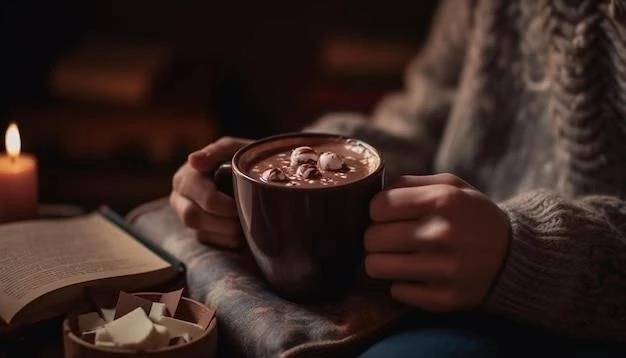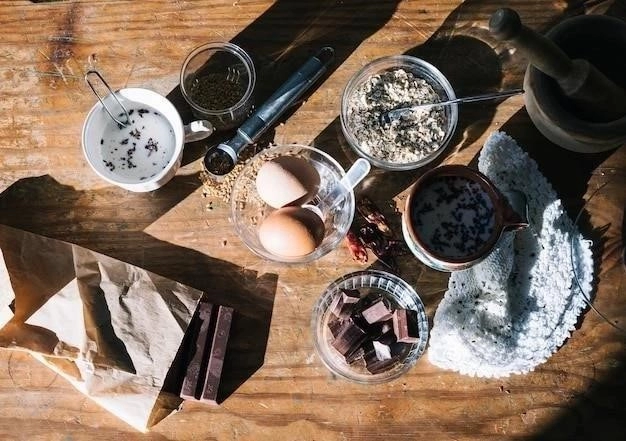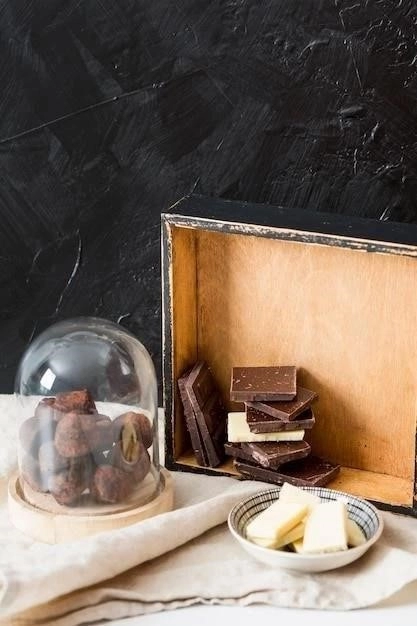The History of Chocolate: From Ancient Ritual Drink to Modern Treat
Chocolate, in its many forms, is a beloved treat enjoyed by millions worldwide. Yet, its journey from the ancient rainforests to our modern-day candy aisles is a captivating tale spanning millennia, marked by cultural shifts, technological advancements, and evolving tastes.

Mesoamerican Beginnings: The Divine Drink of Gods and Kings
The history of chocolate begins not with creamy bars or sweet confections, but with a bitter, frothy drink consumed for its spiritual and invigorating properties. Archaeological evidence suggests that the earliest known use of cacao, the bean from which chocolate is derived, dates back to 1900 BCE in Mesoamerica, a region encompassing parts of present-day Mexico and Central America.
The Olmec civilization, one of the earliest complex societies in Mesoamerica, were likely the first to cultivate cacao trees. They viewed cacao as a gift from the gods and used it in religious ceremonies and rituals. Evidence suggests that they ground roasted cacao beans into a paste, mixed it with water, spices, and herbs, and created a bitter drink known as “xocolatl,” meaning “bitter water.”
Later, the Maya civilization, known for their sophisticated understanding of astronomy and mathematics, further developed cacao cultivation and use. They, too, held cacao in high regard, incorporating it into their religious practices and social customs. Cacao beans were also used as a form of currency and offered as gifts to honored guests.
The Aztecs, who came to dominate Mesoamerica in the 14th century٫ inherited and adapted the Mayan reverence for cacao. The Aztecs associated xocolatl with Xochiquetzal٫ the goddess of fertility٫ and believed it provided strength and wisdom. Montezuma٫ the Aztec emperor٫ was said to consume vast quantities of xocolatl daily٫ believing it to be a source of power and vitality.
Chocolate Arrives in Europe: A Luxury for the Elite
In the 16th century, the arrival of Spanish conquistadors in Mesoamerica marked a turning point in the history of chocolate. Hernán Cortés, the Spanish conquistador who led the conquest of the Aztec Empire, recognized the value the Aztecs placed on cacao beans and sent shipments back to Spain. Initially, xocolatl, the bitter, spicy drink, failed to impress the Spanish palate. However, the addition of sugar and other spices eventually made it more appealing, and chocolate gradually gained popularity among the Spanish aristocracy.
For nearly a century, Spain held a monopoly on chocolate. It was a closely guarded secret, enjoyed only by the elite within the Spanish court. However, as word of this exotic drink spread, chocolate slowly made its way across Europe, captivating royal courts and wealthy merchants alike.

The Industrial Revolution: From Bean to Bar
The 19th century ushered in a new era for chocolate٫ driven by the innovations of the Industrial Revolution. In 1828٫ Dutch chemist Coenraad Johannes van Houten revolutionized chocolate production by inventing a method for separating cocoa butter from cocoa mass. This process resulted in a smoother٫ less bitter chocolate that could be easily molded into bars.
Van Houtens invention paved the way for the mass production of chocolate. In 1847, the British company J.S. Fry & Sons created the first solid eating chocolate bar by combining cocoa powder, sugar, and cocoa butter. This innovation led to the emergence of numerous chocolate companies and the development of new and exciting chocolate creations.
In Switzerland, pioneers like Daniel Peter and Henri Nestlé made significant contributions to the chocolate industry. Peters invention of milk chocolate in 1875, achieved by adding condensed milk to the chocolate mixture, created a milder, sweeter chocolate that quickly gained global popularity. Nestlés development of condensed milk further enhanced the texture and flavor of milk chocolate.The 20th Century and Beyond: A Global Phenomenon
The 20th century saw the rise of iconic chocolate brands and the evolution of chocolate into the ubiquitous treat it is today. Companies like Cadbury, Hersheys, and Mars introduced innovative manufacturing techniques and marketing strategies, making chocolate more affordable and accessible to the masses.
Technological advancements led to the creation of new chocolate varieties, including filled chocolates, pralines, and truffles. The introduction of mass-produced chocolate bars, chocolate candies, and chocolate spreads further cemented chocolates place in global food culture.

Conclusion: A Timeless Treat with a Rich History
From its humble origins as a bitter beverage in ancient Mesoamerica to its current status as a global phenomenon, chocolate has a long and fascinating history. Its journey reflects cultural exchange, technological innovation, and an enduring human love affair with this delectable treat. As we savor the smooth, rich flavors of chocolate today, its worth remembering the ancient civilizations, intrepid explorers, and ingenious inventors who helped shape the history of this beloved indulgence.
Modern Chocolate: Ethics, Sustainability, and Innovation
While the 20th century saw chocolate consumption reach new heights٫ it also brought to light the industrys ethical challenges. Issues like exploitative labor practices٫ particularly child labor on cacao farms٫ and unsustainable farming methods garnered significant attention.
In response, consumers and industry stakeholders began demanding greater transparency and ethical sourcing practices. Fair Trade certification programs, promoting fair prices, safe working conditions, and environmental sustainability, gained traction. Consumers became increasingly conscious of their choices, seeking out chocolate brands committed to ethical and sustainable practices.
This growing awareness fueled a movement towards “bean-to-bar” chocolate making. Small-scale, artisanal chocolate makers emerged, prioritizing direct trade relationships with cacao farmers, sustainable farming methods, and meticulous craftsmanship. These bean-to-bar producers emphasized the unique flavor profiles of single-origin cacao beans, introducing consumers to a world of chocolate experiences beyond mass-produced confections.
Chocolate Today: A Delectable Future
Today, the chocolate industry stands at a crossroads, balancing its rich history with a future shaped by ethical considerations, environmental consciousness, and innovative craftsmanship.
- Ethical Consumption: Consumers are more informed than ever, demanding transparency and ethical sourcing in their chocolate choices. This consumer pressure continues to drive positive change within the industry, promoting fair labor practices and sustainable farming methods.
- Sustainability: Environmental concerns, including deforestation and climate change, are prompting a shift towards more sustainable cacao farming practices. Agroforestry initiatives, promoting biodiversity and carbon sequestration, are gaining momentum, ensuring the long-term viability of the cacao industry.
- Flavor Exploration: The bean-to-bar movement has opened up a world of flavor exploration for chocolate enthusiasts. Single-origin chocolates, highlighting the unique terroir of specific cacao-growing regions, offer a nuanced tasting experience, akin to fine wines.
- Innovation: The world of chocolate continues to evolve with innovative creations and flavor combinations. From incorporating exotic spices and fruits to experimenting with different fermentation and roasting techniques, chocolatiers constantly push the boundaries of this beloved treat.
The history of chocolate is a testament to human ingenuity, cultural exchange, and an enduring love affair with this delectable treat. As we move forward, a commitment to ethical sourcing, sustainable practices, and innovative craftsmanship will ensure that future generations can continue to savor the magic of chocolate for centuries to come.










